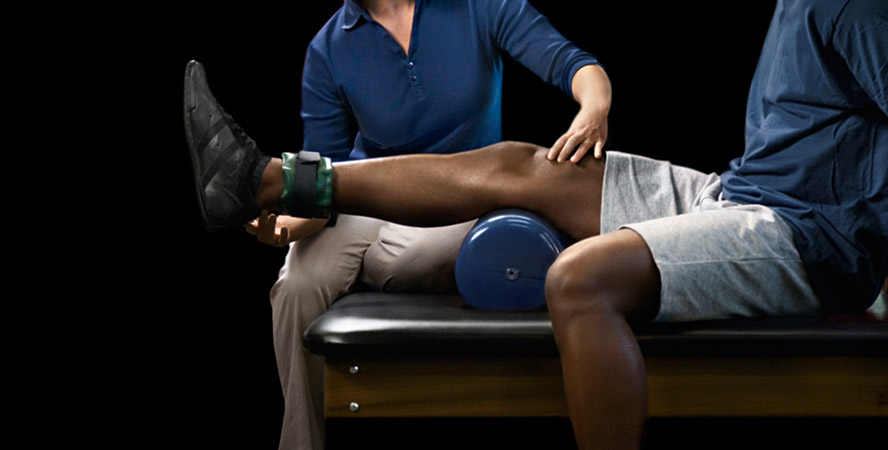Understanding Frequent Sports Injuries and Effective Recovery Plans aimed at Sports Players
Understanding Frequent Sports Injuries and Effective Recovery Plans aimed at Sports Players
Blog Article
Sports injuries are frequent among sportspeople of every age groups and proficiency levels. These traumas can happen in various types, including ligament injuries, strains, breaks, and tendonitis. Comprehending the kinds of traumas that can occur during athletic activities is crucial for not only avoiding and treatment. Ligament injuries, for instance, involve the overextending or tearing of ligaments, which link bones at a articulation. Muscle injuries, on the other hand, impact muscles or tendons, which attach muscles to skeletal structures. Recognizing these injuries promptly can help sportspeople seek appropriate treatment and return to their activity more quickly.
One of the frequently commonly seen traumas in sports is the foot sprain. This injury often happens when an athlete touches down awkwardly or rotates their foot during a game. Symptoms of an foot sprain include discomfort, swelling, and trouble walking. Prompt treatment typically involves the R.I.C.E. approach, which stands for Recovery, Ice, Wrapping, and Elevation. This method helps minimize swelling and discomfort. In more serious situations, physical treatment may be necessary to regain power and mobility to the ankle before going back to sports.
Another frequent injury is a muscular injury, which can happen in all sport that demands sudden actions or heavy lifting. Sportspeople may experience Click This Link a muscle strain when they extend a muscular tissue too much or when they apply too great effort. Signs include acute pain, swelling, and muscle spasms. Rehabilitation for muscular strains often includes light flexibility exercises and conditioning workouts. Gradually raising exercise levels is vital to avoid recurrence. Athletes should collaborate tightly with a rehabilitative therapist to create a safe and efficient recovery strategy.
Tendon inflammation is another trauma that can affect athletes, particularly those who engage in repetitive motions, such as runners or swimmers. This issue happens when a tendon structure, which links muscle to bone, gets swollen. Common areas affected by tendonitis include the arm, upper arm, and leg. Symptoms often include pain and stiffness, especially during activity. Care for tendonitis usually involves rest, cooling, and pain-relief drugs. In some cases, physical treatment may be suggested to improve flexibility and power in the injured region.
Preventing sports traumas is just as important as treating them. Athletes can reduce their chance of trauma by warming up correctly before activities, using the right gear, and keeping good physical condition. Power conditioning and stretching workouts can assist prepare the body for the requirements of athletics. Additionally, athletes should listen to their physical condition and allow breaks when necessary. By comprehending frequent athletic traumas and applying effective rehabilitation plans, sportspeople can remain fit and participate in their favorite sports for a long time to follow.